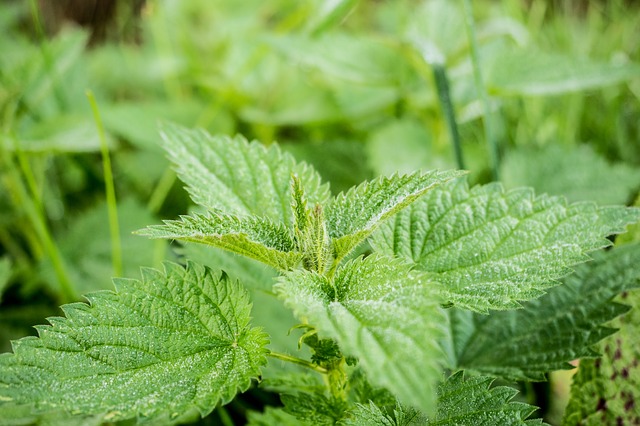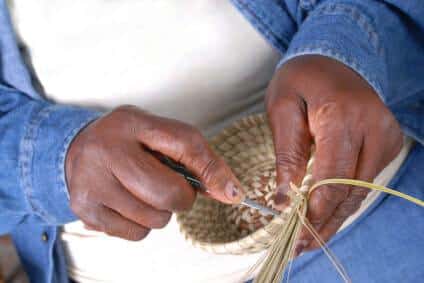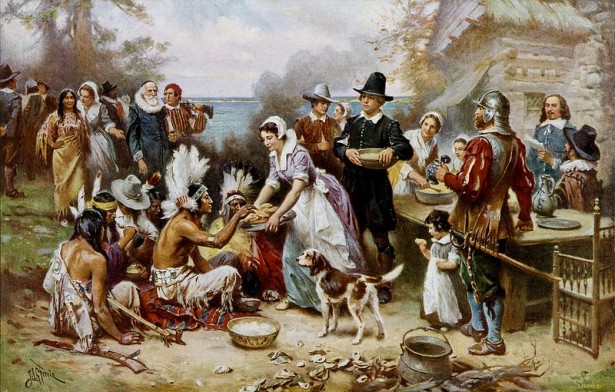
When we think of the Native Americans of centuries ago, we tend to think of a nomadic warrior people, living in teepees and following the buffalo herds. This image comes mainly from the Plains Indians, who depended on bison for their survival. But not all tribes were the same. Many were quite stable, living in the same place for years and augmenting the game they hunted with crops that they grew.
We need look no further than American history to confirm this. The Pilgrims, arriving at Plymouth, nearly died of starvation their first winter. But although some did die, many more survived. Their prosperity that next year was largely due to the local Native American tribe, which taught them how to successfully farm.
But the farming techniques of Native Americans were different than that of Europeans. They didn’t use draft animals and they didn’t plow the soil. This has led many to believe that their farms were simple slash-and-burn operations, where they cleared an area in the forest by killing off whatever was there and planted crops until their efforts depleted the soil, at which time they would move on to start a similar operation elsewhere.
Need Non-GMO Seeds For Your Garden? The Best Deals Are Right Here!
Nothing could be farther from the truth. A slash-and-burn operation would go contrary to the Native American’s way of life, which was much more in harmony with nature than Europeans or Anglo-Americans can imagine. To kill plants, merely to plant others, would be beyond their understanding.
Rather, the Indians farmed in harmony with nature, planting in many small beds. Their farms were sustainable as well, mostly depending on perennials that aren’t cultivated today. But by using perennials, they were able keep their gardens going, with less effort and greater yields. In some places, they cultivated over 250 varieties of plants, using the plants for everything from food, to construction, to building canoes and producing dyes and glues.
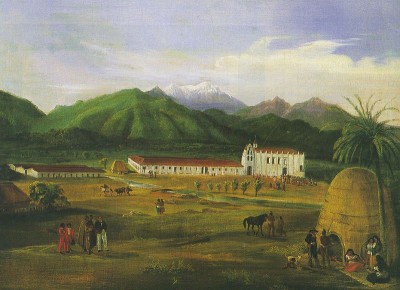
In fact, the yields of the Native Americans in the Northeast part of what is now the United States were so great that their corn (or maize) production regularly out-produced that of the wheat farmers of England. Part of this was due to the higher yield that corn produces, but part was due to their superior farming techniques — techniques that did not require plowing or draft animals.
So what can we learn from the farming style of Native Americans who lived nearly 400 years ago? Here’s just a few tips:
Start With the Soil
Any gardener knows that the most important part of any garden is the soil. Without good soil, no garden is going to produce well. In this, Native Americans in the past had an advantage, as the soil was deep and rich. In most parts, the soil had a high biomass content, which is essential to replacing the nutrients.
Native Americans also knew how to care for that soil. They didn’t plow the land like European farmers. Recent experimentation is proving that plowing is not healthy for the soil. More than anything, it brings the subterraneous microorganisms to the surface, where they die. By not plowing, you keep the soil healthier by keeping these microorganisms alive.
One of the most important subterraneous organisms in any garden are mycorrhizal fungi. These attach to the roots of plants, forming a symbiotic relationship with them. While the fungi feed off the plant, they also extend the roots system, drawing in water and nutrients for the plant. A garden with a good network of these fungi will grow faster, produce healthier plants, and bring higher yields of produce.
Fertilization
Any soil is going to need added nutrients to replace those used by the plants growing in the garden. Native Americans understood this and were constantly providing nutrition to the soil of their gardens.
Compost
Composting wasn’t a separate activity for Native Americans who farmed. They didn’t have a compost heap or compost bin. Rather, their gardens were their compost heaps. Leftover plant matter was cut up and placed directly in the garden to break down and provide nutrients.
At the same time, adding plant matter to the soil functioned like mulch, covering the soil and preventing weeds from growing. This basically eliminated the need to weed, preventing one more activity which would disturb the soil.
Potash
Potash is essentially wood ash. But the potash used by Native Americans went a bit farther than that. They would throw the bones from their kills in the fire, as well as the shells from bird eggs. This allowed the bones and shells to burn, breaking them down so that they were ready to add to the soil. Ashes were regularly spread on their vegetable gardens, providing valuable nutrients, especially calcium.
Urine
Urine is an almost perfect fertilizer, containing many of the essential nutrients that plants need for growth. However, in its natural state, it is too acidic. So Native Americans would mix urine with water to dilute it. The acid was still there, but it was not concentrated. Added to the garden, the potash, which was alkaline, would counteract the acid in the urine and bring the pH of the soil back into balance.
Urine also served the purpose of “marking” the garden, helping to keep some pests out. Animals regularly mark their territory, warning other animals. While this doesn’t serve as a warning sign to you and I, it does to raccoons and other animals who would love to feast at our gardens.
Fish
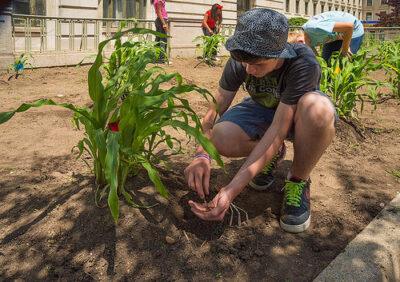
Another thing we should all remember from our elementary school lessons about the Pilgrims is the use of fish as a fertilizer. Not all tribes used fish, and those that did usually didn’t use the whole fish. Rather, they used the leftover parts from cleaning and eating the fish. Like urine, fish contains all the necessary nutrients for plant growth, making it one of the best fertilizers around.
No Chemicals
With the use of natural fertilizers, one major source of chemicals was eliminated from the Native American garden. Another way that they avoided chemicals is not using chemical pesticides. Granted, they didn’t have modern pesticides, but the point isn’t whether they had them or not, it’s whether they used them or not.
Not using chemicals in their gardens had another advantage. It made the garden a great habitat for toads, turtles, praying mantises and birds, who ate the insects which would otherwise destroy the plants in the garden.
Planting
Almost everyone who has grown a vegetable garden has heard of the “Three Sisters” – corn, beans and squash. This traditional means of planting was common for Native Americans. Each of these three provide benefits for the others, making them an excellent combination to plant together.
But Native Americans didn’t just plant the sisters together. Their gardens were a mixture of many different things. By mixing plant types, rather than making neat rows, they prevented insects from traveling from plant to plant, destroying them.
I mentioned earlier that Native Americans planted for sustainability, using many perennials. They also harvested in a way to prolong the life of the plants. Rather than dig up a plant and take all its fruit, they’d only remove what they needed at the time. With a potato plant, for example, they’d only take a few potatoes, covering the roots back up so that the plant could replace them.
Aquaculture
Although not as commonly thought of as part of gardening, aquaculture is an important aspect of farming. Some tribes depended greatly on freshwater water life as a part of their diet. The salmon in the Northwest, as well as fresh water shellfish, were consumed by various Native American tribes.
While they left these water creatures to thrive in the wild, they did cultivate them. Mostly, this was by improving their environment so that they could grow well. They moved rocks to create the most productive clam beds and transplanted salmon eggs to new stream beds. In this, they increased their yields of these creatures, helping to ensure an abundance of food.
What would you add? Share your thoughts on how Native Americans gardened in the section below:
Every Spring, Gardeners Make This Avoidable Mistake — But You Don’t Have To. Read More Here.






